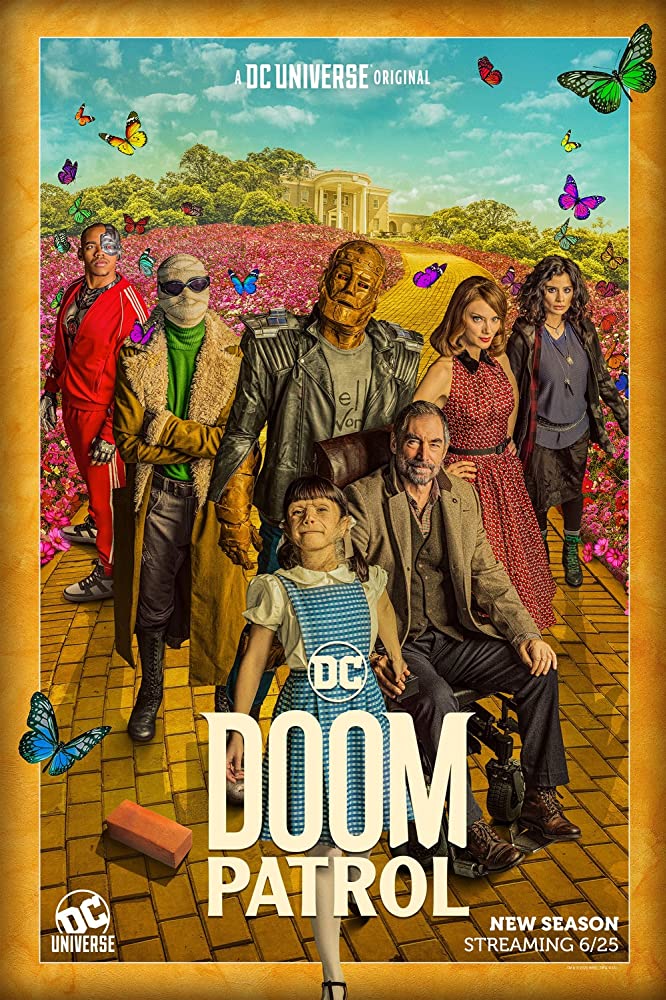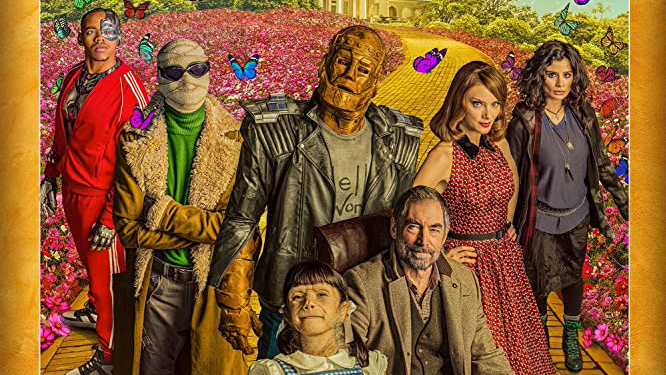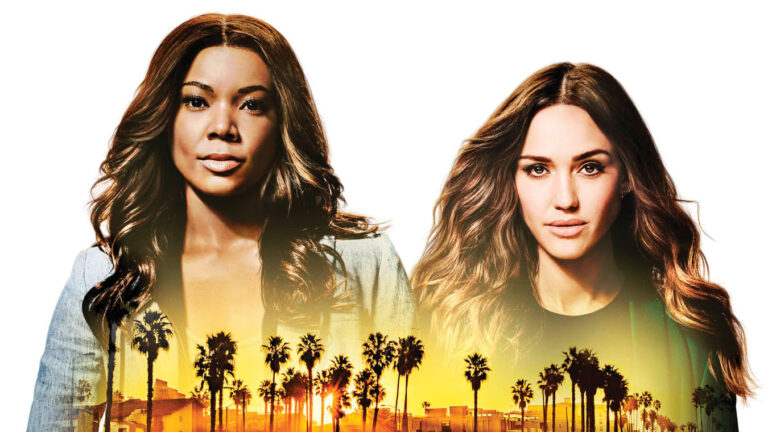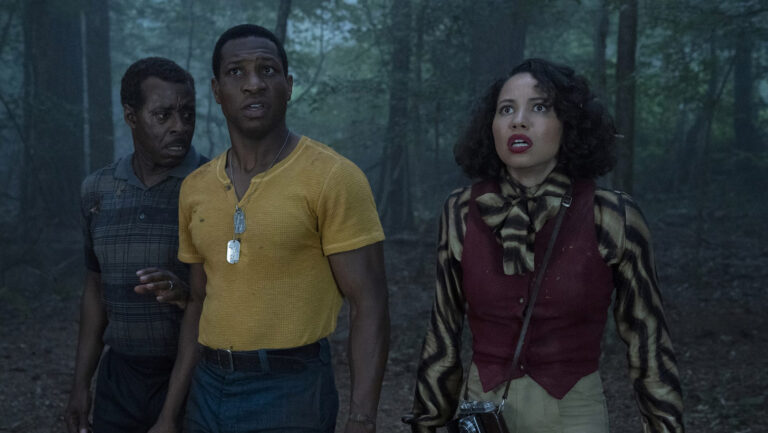“Doom Patrol,” based on the popular DC/Vertigo comic, recently entered its second season on the DC Direct and HBO Now streaming services. “The Umbrella Academy,” based on the popular Dark Horse comic, did the same over on Netflix. Both series center on epicly dysfunctional “families” of super-powered individuals trying (and often failing) to get their lives in order while fending off various apocalyptic threats to planet Earth (frequently without success). While both series tread very similar territory, they each create their own unique worlds and serve as fine companion pieces to one another.The “Doom Patrol” comic originally appeared in the early ’60s and followed the “weird hero” tradition of unconventional superheroes dealing with unusual threats. It died off quickly but was most famously revived by British writer Grant Morrison in the late ’80s as a genre-stretching exercise in pop surreality. The DC Direct/HBO Max series borrows its inspiration from Morrison’s run. Developed by Jeremy Carver (“Supernatural,” “Being Human”) and produced by Greg Berlanti (“Arrow,” “The Flash”), the show makes Morrison’s surreal stories a bit more digestible, while maintaining many of the plots and fan fave characters (Danny the Street, Flex Mentallo). The Doom Patrol is made up of several would-be superheroes. Cliff Steele (the long-MIA Brendan Fraser) is a dead race car driver whose brain has been implanted in a clunky robot body. Crazy Jane (Diane Guerrero from “Orange Is the New Black”) is a mentally unstable woman with 64 unique personalities, each of which has its own unique power. Rita Farr (April Bowlby) is a 1940s actress whose skin possesses uncontrollable elastic qualities. Larry Trainor is a former Air Force test pilot whose body now houses a mysterious alien entity. Brought together by genial mad scientist Niles Caulder (Timothy Dalton), the team … mostly hangs out at a large country mansion squabbling with one another and trying to figure out how to control their powers. The show’s various storylines have a mad, imaginative, anything-goes quality to them. This ain’t your mainstream superhero action. Extradimensional donkeys, sentient boulevards and world-destroying imaginary childhood friends are just some of the elements our ill-equipped heroes must contend with. And yet, the show finds time for some serious character development underneath the crazy shenanigans. Cliff’s stumbling attempts to reconnect with his now-grown daughter, Larry’s sexual orientation, Jane’s mental illness and Rita’s complex backstory are all given time in the spotlight.An equally free mix of cartoonish fantasy, black comedy and surprising emotion, “The Umbrella Academy” loosely mimics writer Gerard Way and artist Gabriel Bá’s sci-fi superhero series. It’s less surreal than “Doom Patrol” (which features plenty of winking, self-referential humor) but still finds room for talking chimpanzees, an agency of time-travelling assassins and a trip to the moon. The series centers on a group of seven random children, born with extraordinary powers and adopted by a stern genius named Sir Reginald Hargreeves. Sir Reginald raises the kids to be an upstanding superhero team. But by adulthood, their adoptive father’s cold-hearted parental skills and brutal training regimen have caused them to fracture into an angry collection of loners, drug-addicts and generally dysfunctional people with fantastical powers (sonic manipulation, super strength, teleportation and the ability to talk to the dead among them). Reunited by their dad’s death, the siblings are forced to reckon with the impending end of the world. Though they more or less conquer that in the first season, they run into another convenient apocalypse in the second season—which more or less defines the overall premise of both “Doom Patrol” and “The Umbrella Academy.” Namely, that our “heroes” are their own worst enemies, causing as many problems as they solve.Superheroes, as defined by the likes of Superman and Captain America have—traditionally—been unfailing role models. But when Stan Lee and Jack Kirby came along in the 1960s and gave the world the likes of The Fantastic Four, Spider-Man and The X-Men, all of that changed. Suddenly, heroes were fallible, had real-world problems and generally disliked their sudden acquisition of meta-human abilities. The X-Men are the most obvious template for “Doom Patrol” and “The Umbrella Academy”—a self-styled family of outcasts shunned by the world at large. Originally conceived as a metaphor for the civil rights movement, The X-Men have gone on in the years since to serve as stand-ins for queer folks, immigrants and others outside the mainstream.Both “Doom Patrol” and “The Umbrella Academy” follow this tradition, serving up funny, weird, sometimes morose collections of broken heroes trying to save a world that doesn’t want them and struggling to find (occasional) solace in self-made families of larger-than-life misfits.
The first two seasons of “Doom Patrol” are streaming now on DC Direct and HBO Now. The first two seasons of “Umbrella Academy” are streaming now on Netflix.




